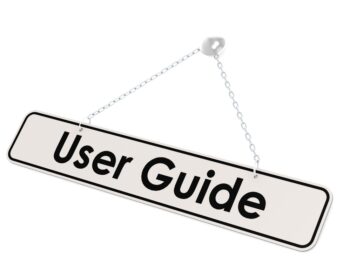Every company wants their workers’ compensation claims settled fairly and for the proper amount, but what is the proper settlement amount and how is it calculated?
While it is difficult to quantify the financial impact of any one step in the handling of a work comp claim, it is a well proven fact that a properly handled claim will have a lower settlement value then a poorly handled claim. The work comp adjuster can and should influence the settlement value of the claim by utilizing the established Best Practices for Workers’ Compensation including (but not limited to):
1. Immediate contact with the employee, employer and physician at the start of the claim.
2. Complete investigation of the accident details.
3. Pursuing a modified duty/light duty return to work program.
4. On-going contact with the employee, employer and medical providers.
5. The integration of medical management and/or rehabilitation.
When the workers’ compensation adjuster completes the investigation, and the investigation reveals the claim is compensable, the adjuster (and sometimes with the adjusters’ supervisor’s assistance) evaluates the value or the financial exposure, taking into consideration the medical issues, the disability issues and the legal issues associated with the claim.
The settlement evaluation reflects what the claim should settle for. The settlement evaluation is a settlement range, not an extreme result. The settlement evaluation should not be based on the possibility of a highly favorable board ruling and it should not be based on the possibility of an unfavorable/adverse trial result. In short, the settlement evaluation should be close to the mid-point or the middle settlement range, not reflective of either end of the settlement range.
Factors to be included in the settlement evaluation for a work comp claim include:
1-Jurisdiction
2-Permanency Ratings
3-Employee’s Wage Rate (with max cap or minimum amount, if applicable)
4-Medical Information
5-Value of Future Medical
6-Value of Future Wage Loss
7-Rehabilitation, if necessary
8-Death/Funeral Benefits
9-Disputed Issues
10-Offsets/Medicare/Other Deductions
11-Pre-existing Conditions where permitted
12-Strengths and Weaknesses of Both Sides in Negotiations
The work comp adjuster reviews all information available to establish the causal relationship of the injury to the medical treatment. The adjuster separates the diagnostic treatment from the actual treatment by the physician. The lost wage information is reviewed and the days missed from work verified by the medical reports. The value of permanency, disfigurement (where permitted) and future medical is established. If the employee is attorney represented and the settlement value is being contested, the cost of legal defense should be considered.
The settlement evaluation factor most difficult to quantify is the jurisdiction. As the jurisdiction can play a critical role in the determination of the settlement value, it is essential for the work comp adjusters to have complete knowledge of their state laws. Any time the adjuster has any doubt about the way their state will handle a work comp issue, they should consult with their supervisor or a trusted defense counsel in regards to the jurisdictional issue. The adjuster should know if the jurisdiction they are in is plaintiff-oriented or if it is more conservative. The adjuster should keep in mind the effect the work comp commission will have on the final result. This will allow the adjuster to properly evaluate how the jurisdiction will impact the settlement evaluation. Resource: http://reduceyourworkerscomp.com/workers-compensation-state-laws-and-regulations.php
The reserve worksheet, whether paper or electronic, is essential in the evaluation process and the place to bring it all together. The reserve worksheet should be completed with as much as information as possible to establish the settlement value. (workersxzcompxzkit)
Upon receipt of the final medical report establishing the employee’s maximum medical improvement and disability rating, if any, the adjuster should verify the reserve worksheet is correct. If the reserve worksheet is not correct, it should be updated. The employee or the employee’s attorney, if represented, should then be contacted to discuss settlement based on the settlement evaluation established through your reserve worksheet.
Author Robert Elliott, executive vice president, Amaxx Risks Solutions, Inc. has worked successfully for 20 years with many industries to reduce Workers’ Compensation costs, including airlines, health care, manufacturing, printing/publishing, pharmaceuticals, retail, hospitality and manufacturing. He can be contacted at: Robert_Elliott@ReduceYourWorkersComp.com or 860-553-6604.
Podcast/Webcast: How To Prevent Fraudulent Workers’ Compensation Claims
http://www.workerscompkit.com/gallagher/podcast/Fraudulent_Workers_Compensation_Claims/index.php
WC Books: http://www.reduceyourworkerscomp.com/workers-comp-books-manuals.php
TD Calculator: www.ReduceYourWorkersComp.com/transitional-duty-cost-calculator.php
WC Calculator: http://www.reduceyourworkerscomp.com/calculator.php
Do not use this information without independent verification. All state laws vary. You should consult with your insurance broker or agent about workers’ comp issues.
©2009 Amaxx Risk Solutions, Inc. All rights reserved under International Copyright Law. If you would like permission to reprint this material, contact Info@WorkersCompKit.com














